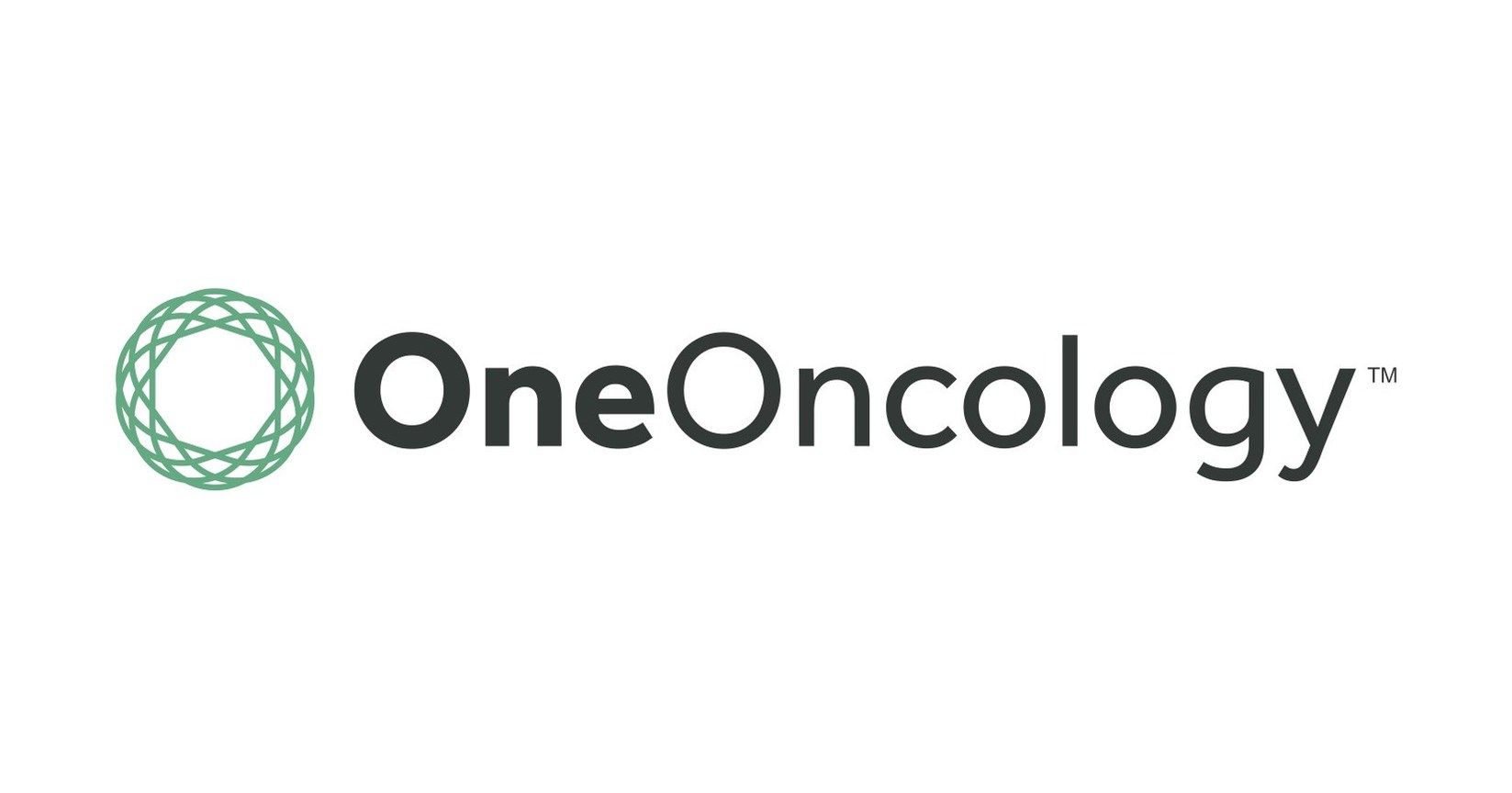Article
Most Americans Haven't Had to Switch Doctors, But It's the "Third Rail" for Those Who Do
Author(s):
Polling finds that most Americans have not had to switch doctors, but past polling has found that being able to see a doctor of their choice is very important to consumers.
Last week’s health tracking poll from the Kaiser Family Foundation, released just ahead of the Iowa caucuses, focused on whether healthcare reform remained a major issue in the presidential contest. So this week, Kaiser’s president and CEO, Drew Altman, drilled down into some numbers that were overlooked in the first go-round: the fact that contrary to what we hear from some candidates, most Americans haven’t been torn away from their physician of choice.
Narrow networks have received lots of attention since the bulk of the Affordable Care Act (ACA) took effect in January 2014. To keep premiums at required levels, insurers selling policies through employers and on the exchanges have created networks of primary care doctors and specialists to hold down costs.
The uproars you hear around the country come from doctors, hospitals, and academic cancer centers that learn they’ve been excluded from the network or preferred tier of a major carrier. An examination of this trend by Associated Press found examples across the country.
According to the Kaiser poll 88% of Americans age 18 to 64 have not had to change doctors. More than half (54%) say they are “very satisfied” with the physician choice in their health plan, and another 34% say they are “somewhat satisfied.” Only 4% said they were “very dissatisfied.”
As Altman points out in his column in the Wall Street journal, however, the overall good news doesn’t tell the whole story. Excluding a key cancer center might not affect many people in the population at large, but it’s devastating, even life-threatening, to the patients who are potentially affected. And these are folks who are going to complain, loudly.
Altman notes, “Kaiser polling has found that people value no feature of their health insurance plans more than their ability to see the doctors they want without paying more.” That means as more and more anecdotes of patients being denied access pile up, the issue of narrow networks promises to become a bigger “third rail” for certain voters.
However, other polling shows that certain segments of the population are willing to accept narrow networks in exchange for lower premiums, particularly if they do not have an established relationship with a physician. And consumers seem to intuitively understand the connections.
Research published in Health Affairs shows that in the Medicare population, consumers were satisfied with Medicare Advantage, which uses narrow networks, until they became sicker; then patients were more inclined to move to traditional Medicare where they would have more choice of physicians. Thus, the government didn’t enjoy the savings of Medicare Advantage when it most needed it. But the study also showed that some patients switched because of increased cost-sharing.
It’s important to note the KFF results were among Americans age 18 to 64, not among seniors who are more likely to experience serious medical issues. And more likely to vote.




